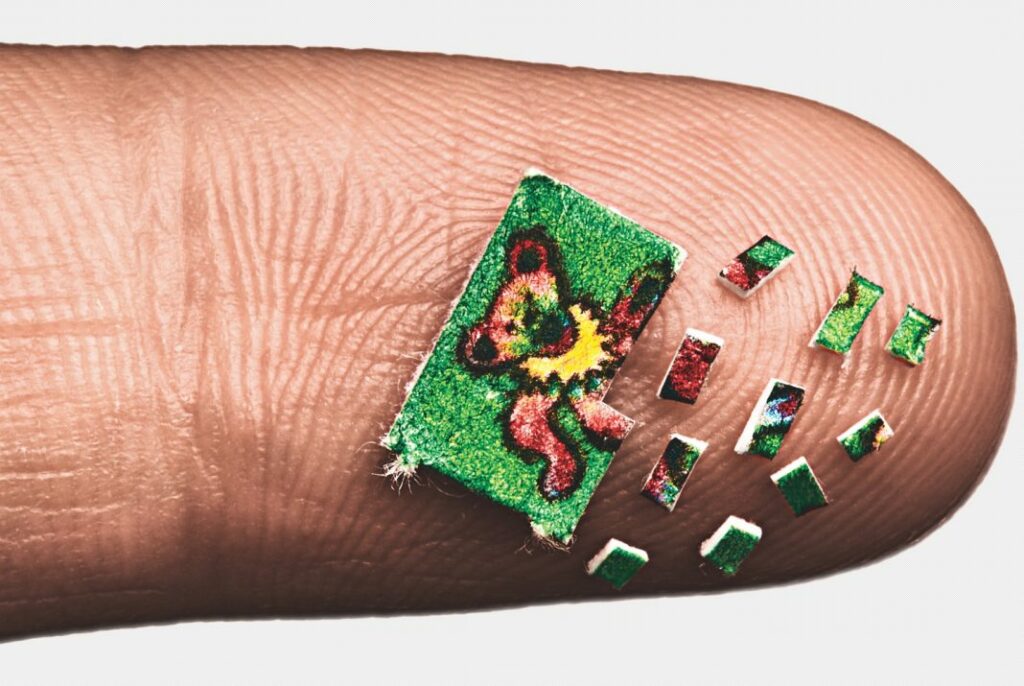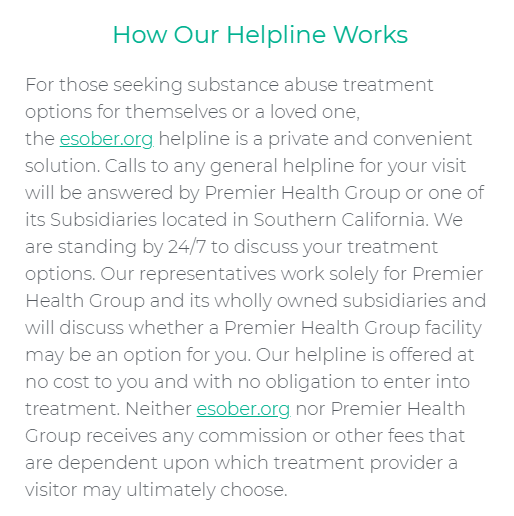Understanding the Difference Between Shrooms vs Acid
Shrooms (magic mushrooms) and acid (LSD) are some of the most commonly used psychedelics. They’re highly available across markets, making it the go-to drug for the youth. For those new to the scene, however, understanding the key differences between the two drugs is crucial. Doing so ensures that you enjoy a safe trip, one that won’t lead to dependence or overdose.
Shrooms are essentially organic forms of psychedelic, which grow directly from the ground. They can also come in synthetic versions, which are loaded with their main component that is psilocybin. Acid, on the other hand, is a synthetic compound. It can be more powerful than shrooms, but using both drugs can lead to almost similar effects.
Known as the “trip”, these psychedelic drugs share significant traits. Although lacking in addictive substances, both shrooms and acids can affect your specific brain receptor groups. As a result, you’re left going through a psychedelic experience, sending you on an almost “out-of-this-world trip towards greater human consciousness”. In other words, you experience stark differences in visual perception and thinking patterns. This effectively affects your ability to think.
Others can easily end up being dependent on the high, even though these drugs are generally considered to be weak. To successfully navigate through these drugs, education is key. Here’s a comprehensive guide to follow:
Shrooms
Classification
Shrooms or psilocybin falls under the category of Schedule I substance, as dictated by the Controlled Substances Act. This means that it holds a high potential for abuse, making it extremely dangerous. It’s currently deemed as an abused drug, especially since it has no accepted medical use in the country. Any accepted form of consumption must be done under strict medical supervision.
Type of High
Shrooms are known to deliver a more calm and mellow effect, as opposed to their LSD counterpart. Individuals using shrooms report experiencing a stronger bodily high, which can often lead to nausea. This is due to the load it enables on the body, especially since individuals are sent towards a more introspective and reflective state.
Common Side Effects
All psychedelics are known to trigger both mental and emotional issues, which can later lead to accidents occurring while under the influence. This is especially true for the youth, as shrooms are often consumed alongside other drugs and alcohol. As a result, the risks already associated with the drug are amplified, making it more dangerous.

The effects of the shrooms still depend on the number of psychoactive contents found in the specific drug, however. This affects the intensity, type, and length of the trip. Generally, though, too much consumption of shrooms can lead to a state of relaxation and drowsiness. In the worst cases, individuals can end up experiencing terrible things, caused by delusions, hallucinations, and baseless panic. Here are some known side effects of shrooms:
- Drowsiness and relaxation
- Dilated pupils
- Headaches and nausea
- Increased blood pressure and heart rates
- Muscle weakness and lack of balance
- Euphoria
- Distorted sense of reality
- Panic and paranoia
- Hallucinations
- Nervousness
Acid
Classification
Lysergic acid diethylamide (LSD or acid) is part of the most criminalized classifications of drugs, as it falls under Schedule I of the Controlled Substances Act. This type of drug is highly illegal because it has a high potential for abuse.
LSD or acid has no accepted medical use, but limited research shows that the drug has achieved some applications for mental illnesses. This includes some degree of success in the treatment of anxiety and depression. Although LSD research is rather young and scarce, some researchers postulate that it has implications for the treatment of addiction and PTSD.
Despite the reported benefits of LSD, the drug still carries a significant risk to its users. The drug is known to have a number of negative physical and psychological effects, which can vary from person to person.
Type of High
The type of high that one can experience from LSD or acid varies per individual. Known as an “acid trip”, the high from LSD can involve visual distortions, as well as some alterations in other senses. The effects can last anywhere from 8 to 12 hours.
The user’s thought processes also change, and they will likely experience an intense rush of emotions, such as feelings of euphoria. In some cases, users will also experience synesthesia. This is a condition wherein the person experiences stimulation in their senses when one of their other senses is triggered. This causes some sensory distortions such as “hearing colors” or “seeing sounds”.
Common Side Effects
LSD intoxication can either provide the user with positive or negative experiences. Some case studies report that LSD intoxication involves a number of side effects that a user can experience. Negative experiences during LSD intoxication are often referred to as a “bad trip”.
Users of LSD will likely experience a distorted perception of time, and some users even report feelings of paranoia. They can experience terrifying hallucinations and thoughts, a loss of control, and feelings of despair.

When a person uses LSD, their sense of self will often be distorted, and they will likely experience several intense emotions at once. They may feel an intense fear of death or insanity. Mood swings and dramatic changes in sensations are also common.
LSD use sometimes leads a person to experience flashbacks or a recurrence of an acid trip even when they’re sober. Some users experience this within a few days after LSD intoxication, while others report experiencing flashbacks more than a year after the original use of the drug.
The Risks of Acid and Shrooms
Similar to other highly illegal drugs, the use of LSD leads to several physical and psychological problems. Physical complications involve an increase in blood pressure, rapid heart rate, tremors, sweating, numbness, and dehydration. For those who have an underlying vascular or cardiac disorder, these effects can be quite dangerous.
Acid use also involves a host of adverse psychological effects such as intense fear or paranoia. This is typically temporary, but some users report experiencing lingering effects even after LSD intoxication. Persons with preexisting mental health conditions are more susceptible to these lingering effects.
Recovering from Dependence
As previously mentioned, shrooms and acid are the two most prevalent forms of psychedelic. They can easily be accessed by many, which effectively makes them some of the most dangerous types of drugs. Although classified as mostly non-addictive, dependence can easily form. This is likely due to how they affect serotonin receptors in the brain.
LSD and magic mushroom misuse can seriously affect both the individual and their loved ones. If you or someone else constantly experiments with either of the drugs, it’s important to sit down and have a thorough discussion about the risks of too much consumption. It’s important to do so calmly and safely. You need to come from a place of love and support, ready to help guide them back to safety.
Should it be deemed necessary, various treatment approaches are available to help them overcome their dependence. Therapy and counseling will play a crucial role in their healing, along with other methods. At the end of the day, their recovery is crucial.
Sources:




